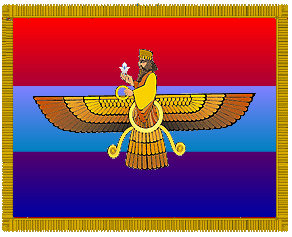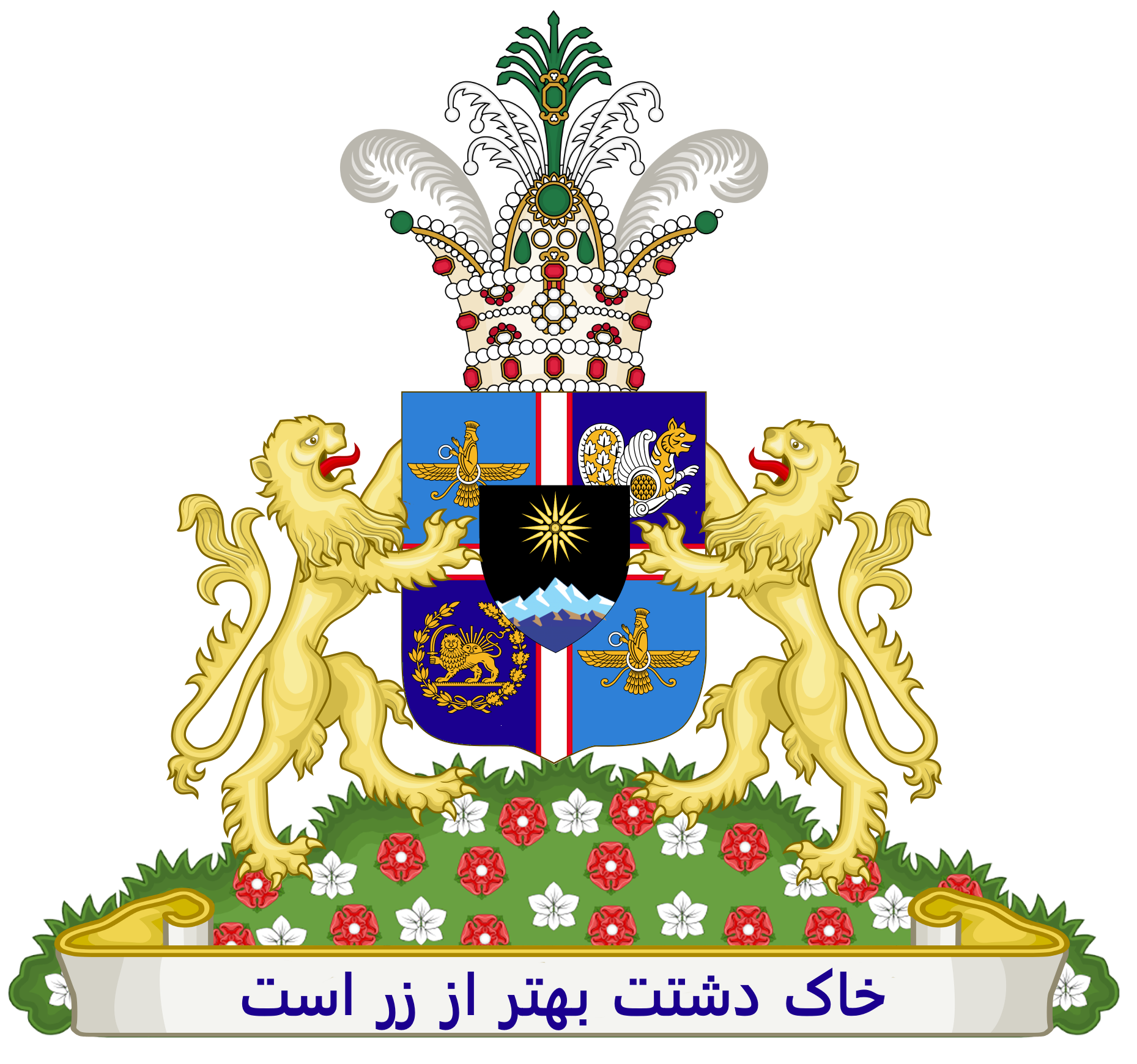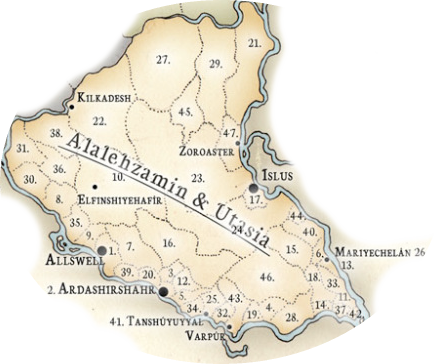Alalehzamin and Utasia: Difference between revisions
m (→History) |
m (→Economy) |
||
| (19 intermediate revisions by 5 users not shown) | |||
| Line 1: | Line 1: | ||
'''Alalehzamin and Utasia''', also known as the '''Emirate of Alalehzamin and Utasia''', is a [[ | {{subdivision Elwynn | | ||
image_flag = Alalehzamin_flag.png | | |||
coat of arms = Arms Alalehzamin and Utasia.png | | |||
motto = ''Xāk-e daštat behtar az zarast'' <small>("The soil of your valleys are better than gold")</small> | | |||
subdivision = Emirate of Alalehzamin and Utasia | | |||
status = [[Royal Precinct]]| | |||
capital = [[Ardashirshahr]] | | |||
largecity = Ardashirshahr, [[Azeroth]], Islus | | |||
title = Arandur of Alalehzamin and Utasia | | |||
government = Feudal | | |||
leader = [[Thorgils Tarjeisson]] | | |||
language = [[Shirithian English|Common Tongue]], [[Babkhi]], [[Elw language|Elw]] | | |||
religion = [[Zurvanism]], [[Froyalanish Ancient Ways]], [[Treesian Unorthodox Church|Treesian Unorthodoxy]] | | |||
}} | |||
'''Alalehzamin and Utasia''', also known as the '''Emirate of Alalehzamin and Utasia''', is a [[Royal Precinct]] of the [[Elwynn|Elwynnese Union]]. It is situated in the [[Deep South]] of the [[Lands of the Two Sacred Rivers]]. | |||
==Administration== | |||
The Emirate is currently ruled by Arandur (Steward) [[Thorgils Tarjeisson]]. The title of Emira has been retained by the former [[Royal Governor|governor]] [[Noor Bint Simrani-Kalirion]]. Subject to the laws of the [[Imperial Republic]] of [[Shireroth]] and the Elwynnese Union the precinct is administered in accordance with the [[Elwnameh]], the codified collection of historic decrees issued by Governors of Alalehzamin and its predecessor, the tripartite county of [[Lesser Zjandaria]]. | |||
[[File:Alalehzamin map.png|right|thumb|Map of Alalehzamin and Utasia © Gillis Björk]] | |||
==Economy== | |||
The economy of Alalehzamin and Utasia rests upon four key pillars: | |||
*Its position astride the main maritime and road route between the Imperial capital [[Shirekeep]] and [[Eliria]], the seat of the [[White Orchid Throne]]. | |||
*The hydro-electrical stations linked to the [[West Elwynn Dam]] at [[Ardashirshahr]] and the [[East Elwynn Sluice]] above [[Islus]]. | |||
*The Production Townships developed at a Bailiwick level to focus on specialising in different forms of primary and secondary industrial activity. | |||
*The Bailiwicks absorbed into Alalehzamin from the [[Imperial County]] in the wake of the [[Cabbage Crisis]] comprise the outer environs of the metropolitan area of [[Shirekeep]]. With the Imperial County confined to behind the [[Wall of Reynardine|Reynardine Walls]] a significant proportion of the industrial and commercial infrastructure of the city, as well as the so-called ''commuter belt'', home to the vast throng of day workers upon whom the beating heart of the Imperial Republic relied to sustain itself on a day to day basis. | |||
==History== | ==History== | ||
'''Prehistoric Era''' | '''Prehistoric Era''' | ||
The Emirate of Alalehzamin and Utasia was settled in pre-historical times by the Elw who comprised its indigenous population having migrated southwards from Araxion, which is believed by some to be the ancestral homeland of the Elw race. | The Emirate of Alalehzamin and Utasia was settled in pre-historical times by the [[Elw]] who comprised its indigenous population having migrated southwards from [[Araxion]], which is believed by some to be the ancestral homeland of the Elw race. | ||
'''Antiquity''' | '''Antiquity''' | ||
| Line 12: | Line 39: | ||
'''Babkhan Settlement – Lesser Zjandaria''' | '''Babkhan Settlement – Lesser Zjandaria''' | ||
The '''County of Lesser Zjandaria''' was one of the original counties of [[Elwynn]]. It was the largest county of the duchy, housing all major cities of Elwynn except for Eliria. Unique for Shirerithian counties, Lesser Zjandaria covered three diverse areas, all ruled directly from [[Vijayanagara]]. The county was created as a homeland for the [[Ardashirian]] people of Elwynn. Thanks to this arrangement, ethnic conflicts in Elwynn were [[Elfinshi War|rarer than they were before]]. | |||
'' | |||
'' | |||
' | |||
After the succession of Hesam Jahandar to the [[White Orchid Throne|ducal throne]] as a scion of the Kalir line the Babkhanisation of the remaining southern portion of Lesser Zjandaria continued apace with the arrival of more emigrants from the disordered Euran continent, fleeing the implausibly orientalist Blackfriars and the CIS, and the gradual development of a social model that became known as the 'Ethnographic Hierarchy' | |||
'''Reorganisation – Alalehzamin''' | '''Reorganisation – Alalehzamin''' | ||
| Line 86: | Line 94: | ||
[[category:Subdivision | [[category:Subdivision of Elwynn]] | ||
Latest revision as of 18:01, 9 December 2016

|
|
| Motto: | Xāk-e daštat behtar az zarast ("The soil of your valleys are better than gold") |
| Feudal Status: | Royal Precinct |
| Capital: | Ardashirshahr |
| Largest Cities: | Ardashirshahr, Azeroth, Islus |
|
| |
| Local Leadership Title: | Arandur of Alalehzamin and Utasia |
| Local Government: | Feudal |
| Current leader: | Thorgils Tarjeisson |
|
| |
| Local language: | Common Tongue, Babkhi, Elw |
| Local Religion: | Zurvanism, Froyalanish Ancient Ways, Treesian Unorthodoxy |
Alalehzamin and Utasia, also known as the Emirate of Alalehzamin and Utasia, is a Royal Precinct of the Elwynnese Union. It is situated in the Deep South of the Lands of the Two Sacred Rivers.
Administration
The Emirate is currently ruled by Arandur (Steward) Thorgils Tarjeisson. The title of Emira has been retained by the former governor Noor Bint Simrani-Kalirion. Subject to the laws of the Imperial Republic of Shireroth and the Elwynnese Union the precinct is administered in accordance with the Elwnameh, the codified collection of historic decrees issued by Governors of Alalehzamin and its predecessor, the tripartite county of Lesser Zjandaria.
Economy
The economy of Alalehzamin and Utasia rests upon four key pillars:
- Its position astride the main maritime and road route between the Imperial capital Shirekeep and Eliria, the seat of the White Orchid Throne.
- The hydro-electrical stations linked to the West Elwynn Dam at Ardashirshahr and the East Elwynn Sluice above Islus.
- The Production Townships developed at a Bailiwick level to focus on specialising in different forms of primary and secondary industrial activity.
- The Bailiwicks absorbed into Alalehzamin from the Imperial County in the wake of the Cabbage Crisis comprise the outer environs of the metropolitan area of Shirekeep. With the Imperial County confined to behind the Reynardine Walls a significant proportion of the industrial and commercial infrastructure of the city, as well as the so-called commuter belt, home to the vast throng of day workers upon whom the beating heart of the Imperial Republic relied to sustain itself on a day to day basis.
History
Prehistoric Era
The Emirate of Alalehzamin and Utasia was settled in pre-historical times by the Elw who comprised its indigenous population having migrated southwards from Araxion, which is believed by some to be the ancestral homeland of the Elw race.
Antiquity
Shirerithian Rule
Babkhan Settlement – Lesser Zjandaria
The County of Lesser Zjandaria was one of the original counties of Elwynn. It was the largest county of the duchy, housing all major cities of Elwynn except for Eliria. Unique for Shirerithian counties, Lesser Zjandaria covered three diverse areas, all ruled directly from Vijayanagara. The county was created as a homeland for the Ardashirian people of Elwynn. Thanks to this arrangement, ethnic conflicts in Elwynn were rarer than they were before.
After the succession of Hesam Jahandar to the ducal throne as a scion of the Kalir line the Babkhanisation of the remaining southern portion of Lesser Zjandaria continued apace with the arrival of more emigrants from the disordered Euran continent, fleeing the implausibly orientalist Blackfriars and the CIS, and the gradual development of a social model that became known as the 'Ethnographic Hierarchy'
Reorganisation – Alalehzamin
Independence and Partition
Reunification and Expansion
Demographics
The Emirate of Alalehzamin and Utasia has a total population of 69,637,816 people.
| People of Elwynn | Population Size | Percentage |
|---|---|---|
| Absentians | 6,750 | 0.01% |
| Amokolians | 847,978 | 1.22% |
| Babkhi | 30,203,505 | 43.37% |
| Boreals | 38,320 | 0.06% |
| Cimmerians | 14,332 | 0.02% |
| Elfinshi | 60,365 | 0.09% |
| Elw | 35,695,442 | 51.26% |
| Farewellish | 401,201 | 0.58% |
| Froyalanish | 108,350 | 0.16% |
| Norse | 811,924 | 1.17% |
| Tapferites | 124,152 | 0.18% |
| Haraldian Wintergleamish | 96,125 | 0.14% |
| Other Elwynnese or Shirerithian | 716,120 | 1.03% |
| Resident aliens | 513,252 | 0.74% |

